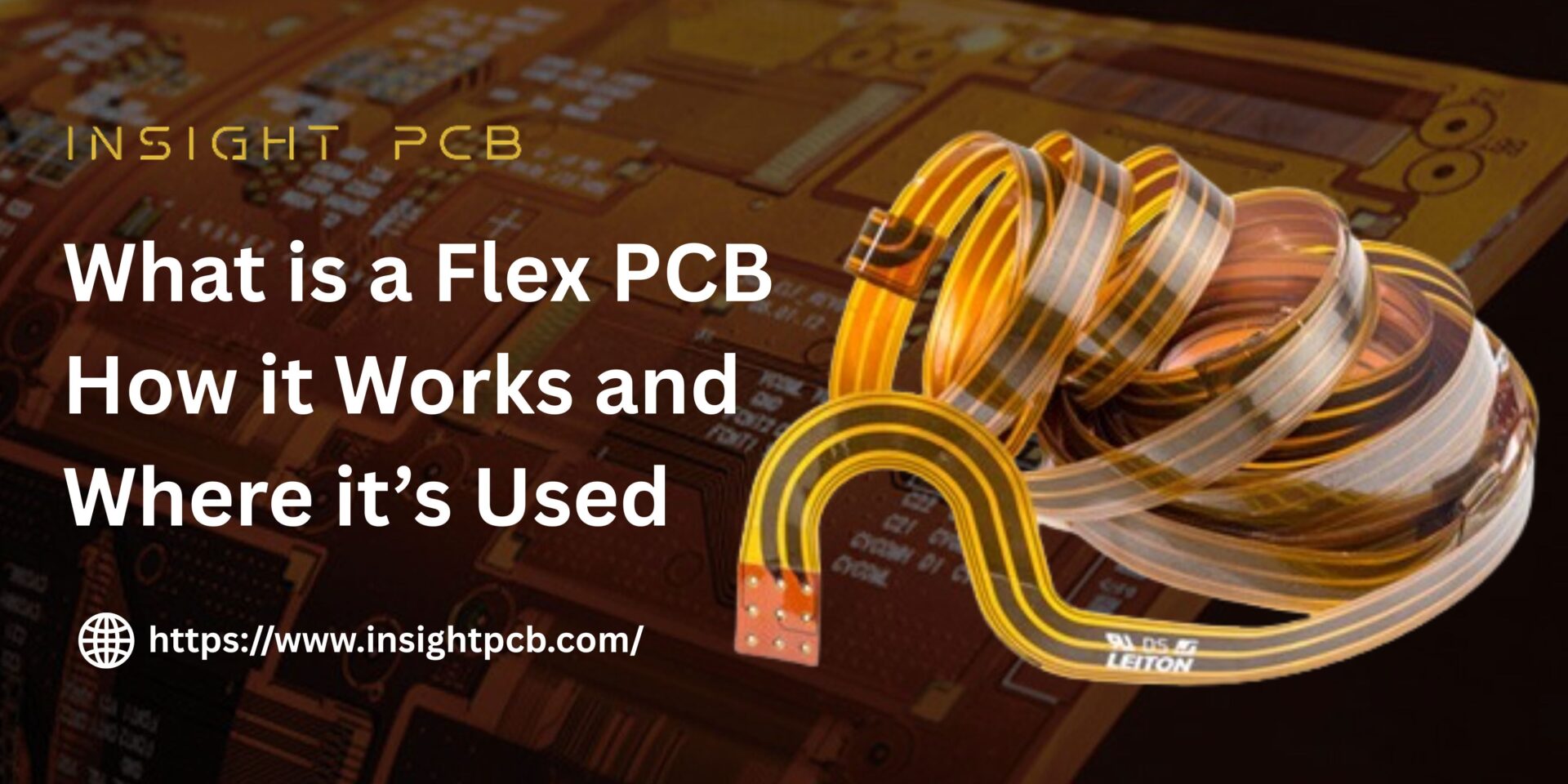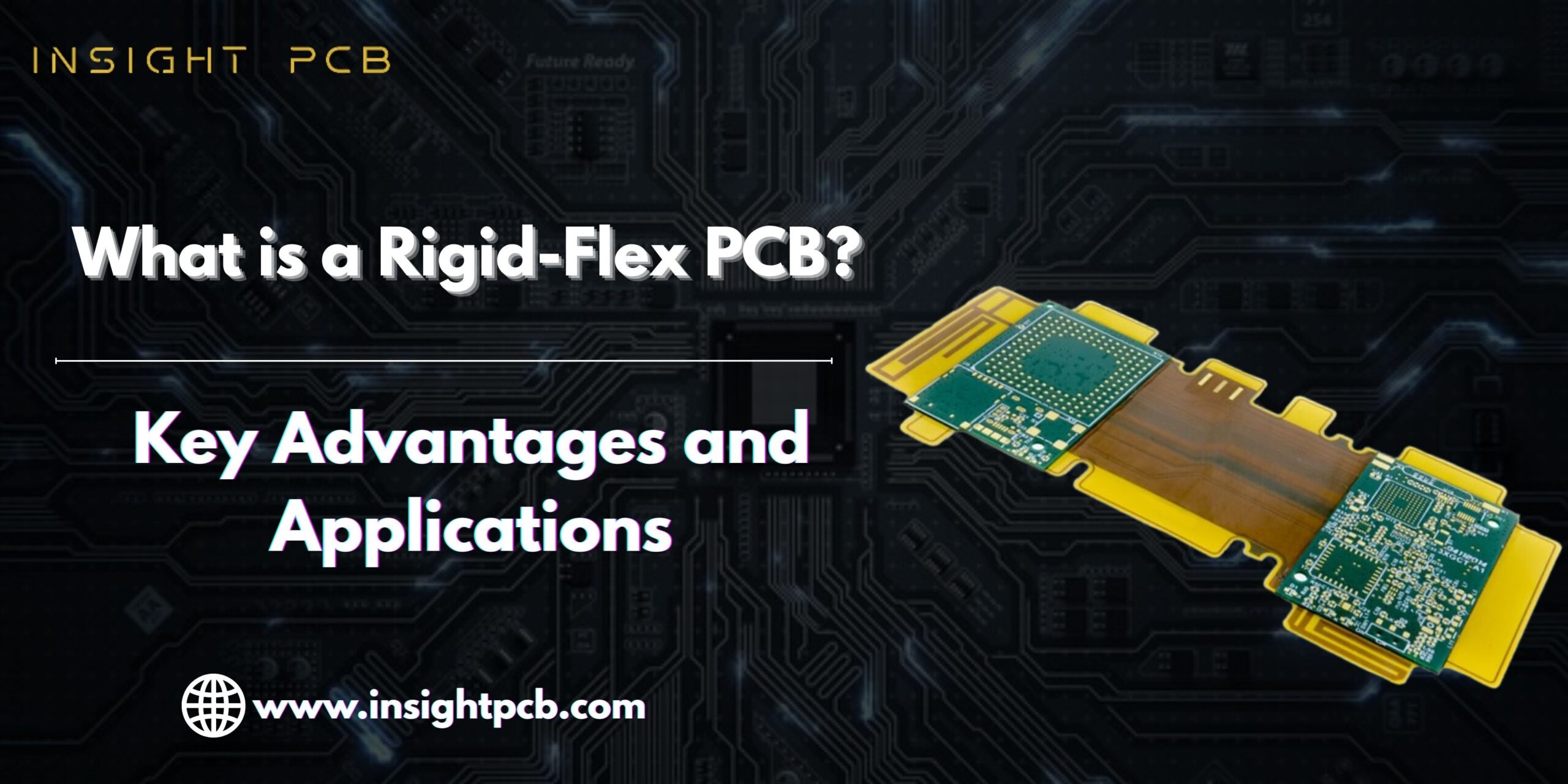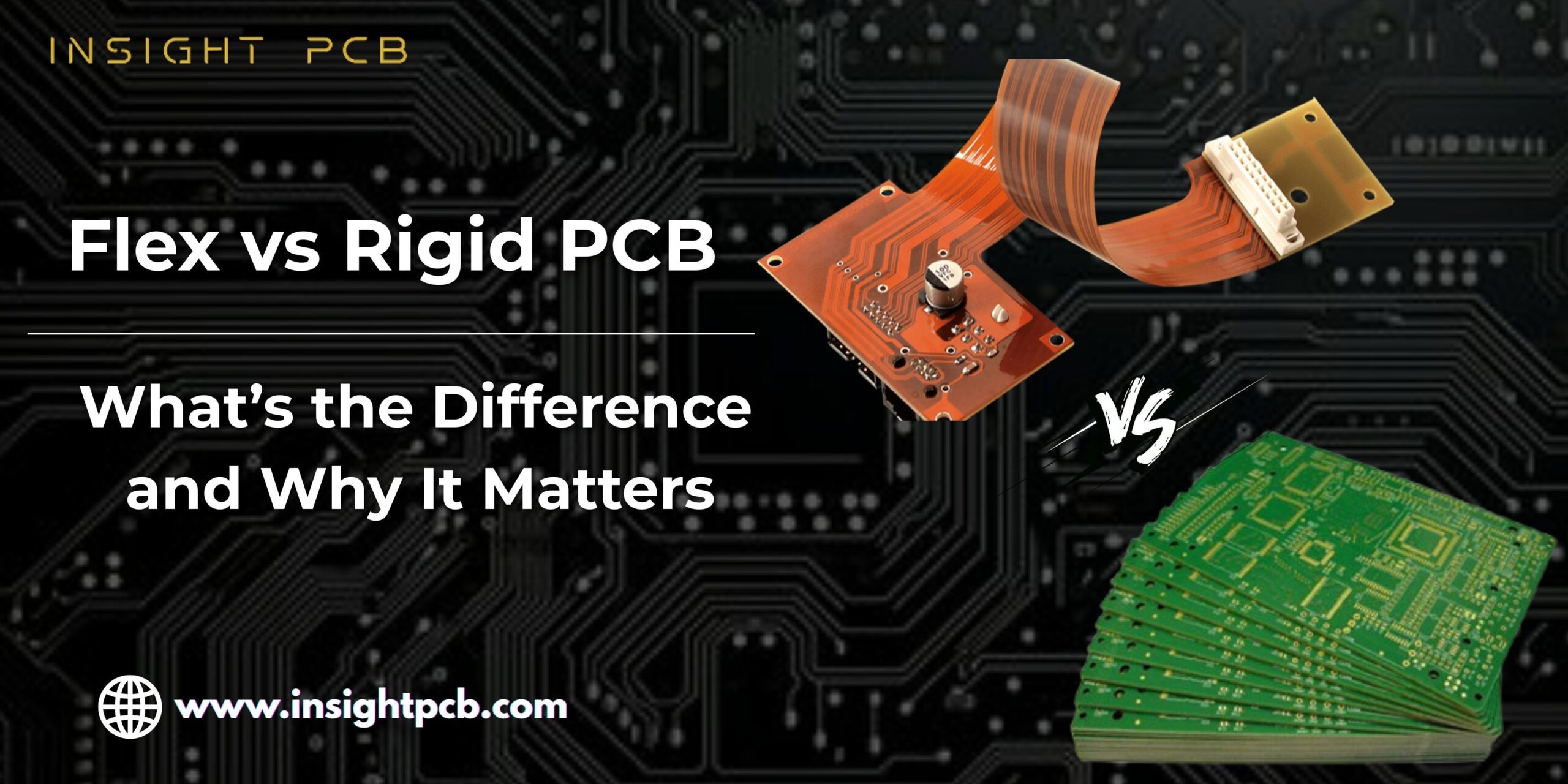
What Is a Flex PCB — How It Works and Where It’s Used
Look at any array of devices around you, from office laptops to fitness trackers. You’ll notice a common trend: devices are thinner, lighter, and more compact. Phones are adopting folding designs, fitness bands are incorporating coiling mechanisms, and smartwatches are featuring sliding mechanisms.
Even healthcare devices are being tailored to fit body curves. Such developments are a direct consequence of the advancements in the electronics core, circuit boards. The flexible circuit board, also known as a flex PCB, is one of the most significant innovations in the electronics industry. In this blog, we will discuss what is a flex PCB .
What is a Flex PCB?
This is a type of circuit board that can flex, as its name implies. In contrast to old circuit boards, which were rigid and flat, these can be twisted, folded, and bent without sustaining any damage. The flexible circuit board, also called a flex PCB, is one of the most significant advancements in this field. A large majority of the electronic devices we utilize today are designed to be sleek, modern, and attractive, all thanks to the invention of the flexible circuit board.
What Makes a Flex PCB Unique?
Suppose that a rigid PCB is a wooden board; it is strong, but it is not flexible. Unlike the older circuit boards, which were hard and flat, these can be twisted, folded, and bent without being destroyed. It is capable of bending, folding, or even coiling around other parts and will still give signals and power.
The following are some of its highlights:
- Constructed not of hard fiberglass but of a stretchy material such as polyimide film.
- Very thin and light, perfect for miniature gadgets
- Strong enough to withstand bending and vibration over time.
- Able to fit into tight corners or odd shapes where stiff boards can’t.
That’s why engineers prefer to use flex PCBs in applications. Especially where space is limited, but performance cannot be compromised.
How Does a Flex PCB Work?
Although flexible, the fundamental concept is the same as any PCB: it interconnects parts with copper traces. The difference is in the build.
A flex PCB typically consists of:
- A flexible base layer (usually polyimide).
- A thin copper layer with circuit patterns etched into it.
- Adhesives that keep the layers sticking together.
- A protective coating to protect the nature of copper from damage, as well as moisture.
This design allowed the board to twist and bend without compromising the entire structure. Also, there is no cracking of the copper connections. It can bend thousands of times and still work, depending on the design.
Types of Flex PCBs
Not all flex PCBs are the same. The main types are
- Single-sided flex PCB: The simplest implementation. I have only one conductive layer.
- Double-sided flex PCB: Copper on both sides. Vias join it.
- Multilayer flex PCB: Multiple flexible layers in proximity for complicated circuitry.
- Rigid-flex PCB: Combines rigid and flexible components into a single design.
The type of flex PCB will depend on the desired complexity and flexibility.
Why Do Engineers Use Flex PCBs?
Flex PCBs solve problems that rigid boards can’t. A few reasons they’re so popular:
- These boards save space, which is key for small devices.
- They’re light, reducing overall product weight.
- Flex PCB manages stress due to bending, vibration, or movement.
- These reduce the need for connectors and wire by folding them into position.
- The flex enables more innovative product designs.
- It allows more innovative product designs.
In layman’s terms, they reduce the size and weight of electronics, allowing for more intelligent design.
Common Everyday Uses of Flex PCBs,
Although you may not notice, flex PCBs are common in most products you use. A few examples are:
- Mobile Devices: Incorporation of the most advanced foldable phones and tablets.
- Cars: Sensors, displays, and control systems.
- Aerospace and defense equipment: Lightweight, dependable communication and navigation systems.
If a device curls, folds, or nests in a small corner, a flex PCB is likely present.
Things to Watch Out for in Flex PCB Design
Designing a flex PCB requires more attention than designing a rigid printed circuit board (PCB). Some key considerations are:
- Selecting the proper materials for flexibility and ruggedness.
- Keeping the bend radius in mind to prevent cracking.
- Employing thinner copper whenever high flexibility is required.
- Providing protective coatings to withstand wear and tear.
- Striking a balance between performance and cost, as flex PCBs typically cost more.
- Proper design ensures that the board will last as long as the device itself.
The Downsides
Of course, flex PCBs have their imperfections. These can be much more costly to manufacture, more complicated to assemble, and potentially a headache to repair. Additionally, their flexibility allows designers to create load-bearing structures that minimize damage. However, for most of today’s products, the disadvantages far overshadow the advantages.
Conclusion
Coming back to the question, what is a flex PCB? A flex PCB is a type of circuit board that differs from traditional circuit boards. You can see, conveniences like thinner mobile phones, lighter wearables, and even more complex medical devices can all result from this small difference.
In the introduction to the use of a flex PCB, we see how new smartphones and other gadgets are becoming increasingly smaller yet still adding more flexibility. This impact is expected to grow, driven by flexible printed circuit boards (flex PCBs), in the future of everyday technology.
Insight PCB is uniquely positioned to support a company’s needs because of its expertise and precision in bringing flexible designs to life. To know more, contact us now.




